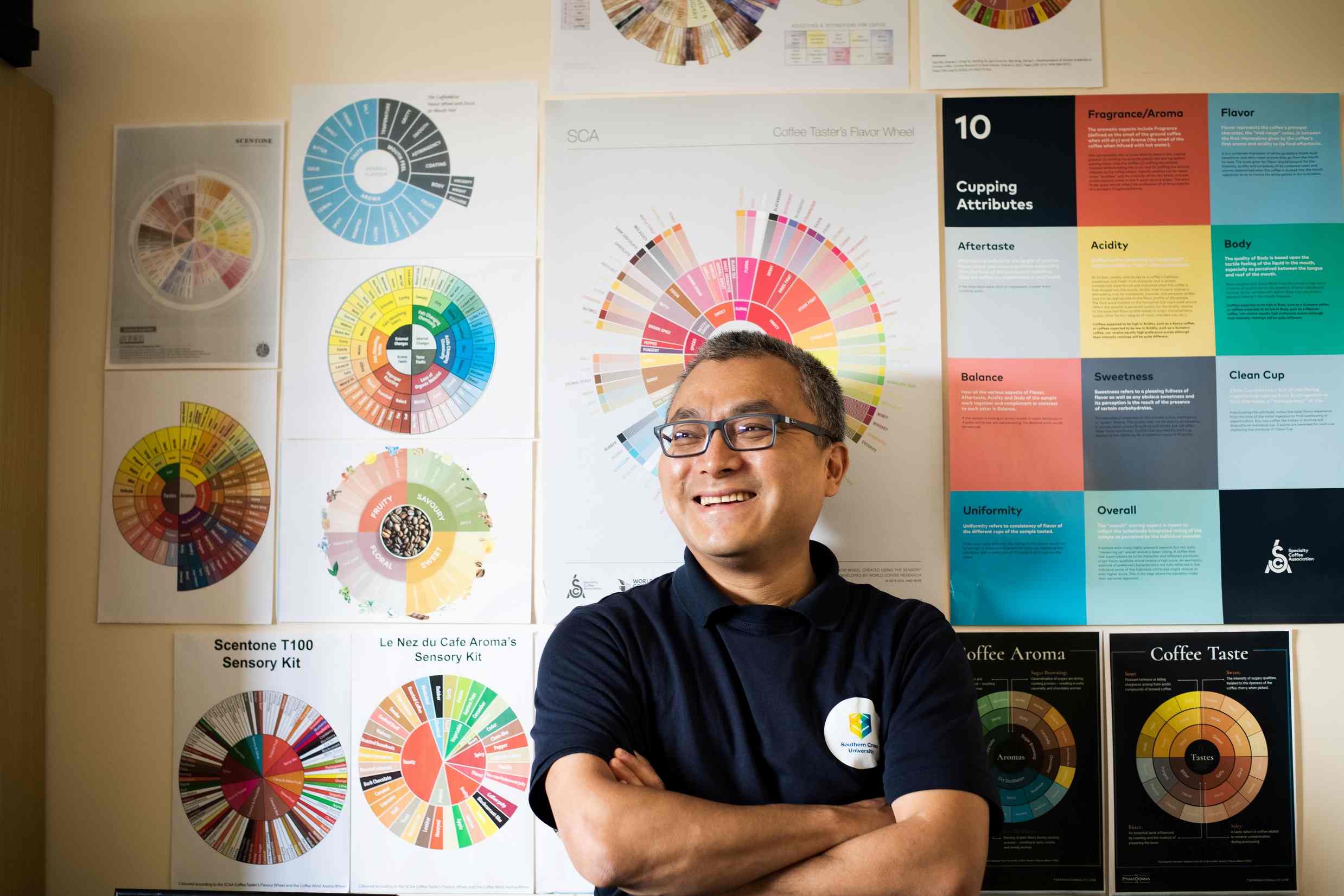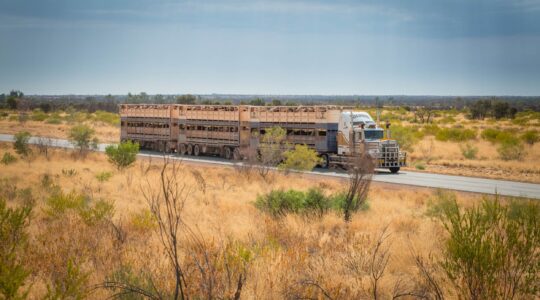Coffee aficionados rejoice! We are entering a new phase of deep coffee appreciation.
New research has mapped a new language to identify the finer taste points of a steaming Australian-sourced bean, with the potential to double-shot the local coffee industry.
As a result, we may soon be able to pick the region in which coffee is produced as readily as we distinguish our wine regions.
Researchers at Southern Cross University, in partnership with AgriFutures Australia, have created a world-first “coffee character sensory wheel” that advances the previous descriptors used to plot coffee characteristics.
The “wheel” was created by sourcing 100 Australian-grown coffee beans from 28 farms and 50 international single-source beans. The beans were taste tested by 15 coffee panels across the country as well as being chemically analysed to determine the unique footprint of the beans.
Panellists included growers, buyers, importers, roasters, baristas, trainers and coffee judges.
Southern Cross project researcher Dr Simon Williams said the research revealed that Australian-grown coffee tended to be “sweeter, nuttier and fruiter” in flavour than overseas varieties.
It is hoped that the research and the new character sensory wheel will help Australian growers tap into a greater share of the $1 billion annual Australian coffee market. Currently only one percent of coffee consumed in this country is grown locally.
“The aim of the Coffee Character Wheel is to suggest and unify the vocabulary used for describing the acidity, mouthfeel, aftertaste, and overall characteristics of coffee that are not specifically flavour,” Dr Williams said.
“Australian-grown coffee has been described as having a low-medium intensity acidity with citric acid and malic acid characters similar to apple and berry, a smooth texture and light medium body mouthfeel, a medium-long aftertaste and flavours described as fruity and nutty.”
Dr Williams said this type of information would better inform consumers around domestic coffee and the unique characteristics of its area of origin.
The concept of “terroir”, or taste-of-place, has long been associated with wine but the researchers believe this concept could equally provide a competitive advantage for Australian coffee.
Project principal investigator Dr Ben Liu said the research, published in the Journal of Sensory Studies, was significant in that it added the missing elements of acidity, mouthfeel and aftertaste to the original Coffee Taster’s Flavour Wheel.
“We believe coffee is more than flavour,” he said. “The acidity, mouthfeel and aftertaste are also essential characteristics of coffee. We summarised these descriptions and created the world-first Coffee Character Wheel.”
AgriFutures Australia Senior Manager Emerging Industries Dr Olivia Reynolds said the research was an important step forward globally with the potential to reduce Australia’s reliance on imported coffee.
“Importantly, consumers can start to identify their preferences depending on where that coffee is produced, much in the same way as wine,” she said.
Despite its relatively low market penetration, Australia’s coffee industry has been around for more than a century and consists of around 50 growers concentrated in North Queensland, South-East Queensland and northern NSW.
Australians consume an estimated six billions cups of coffee annually. According to Statista figures cited by Southern Cross, in 2022 2kg of coffee was consumed per person.
More information can be found on the Southern Cross University website.









